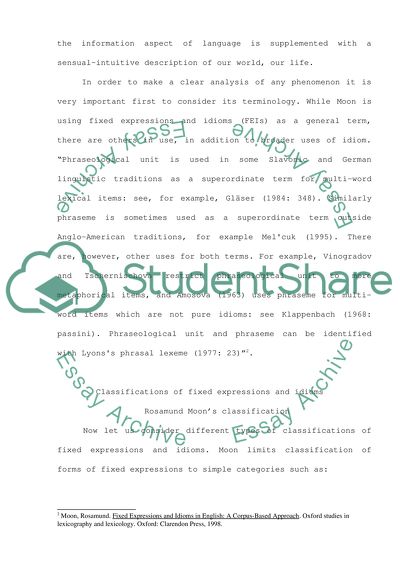Cite this document
(“Fixed Expressions Essay Example | Topics and Well Written Essays - 2500 words”, n.d.)
Retrieved from https://studentshare.org/english/1531032-fixed-expressions
Retrieved from https://studentshare.org/english/1531032-fixed-expressions
(Fixed Expressions Essay Example | Topics and Well Written Essays - 2500 Words)
https://studentshare.org/english/1531032-fixed-expressions.
https://studentshare.org/english/1531032-fixed-expressions.
“Fixed Expressions Essay Example | Topics and Well Written Essays - 2500 Words”, n.d. https://studentshare.org/english/1531032-fixed-expressions.


